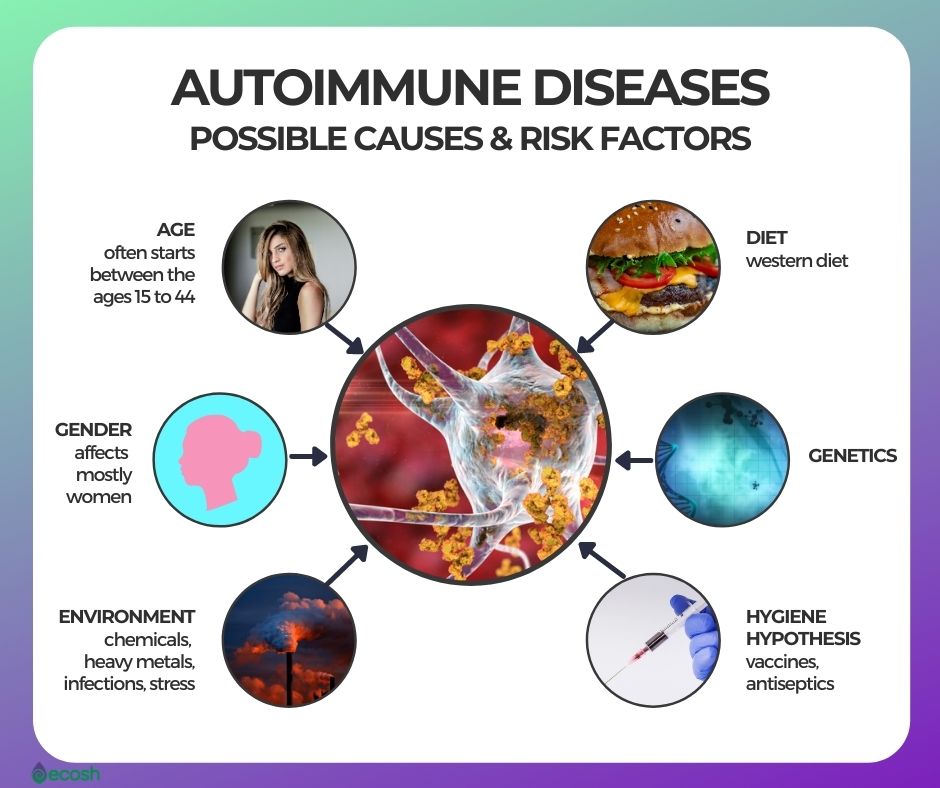Best Tips About How To Diagnose Autoimmune Disease
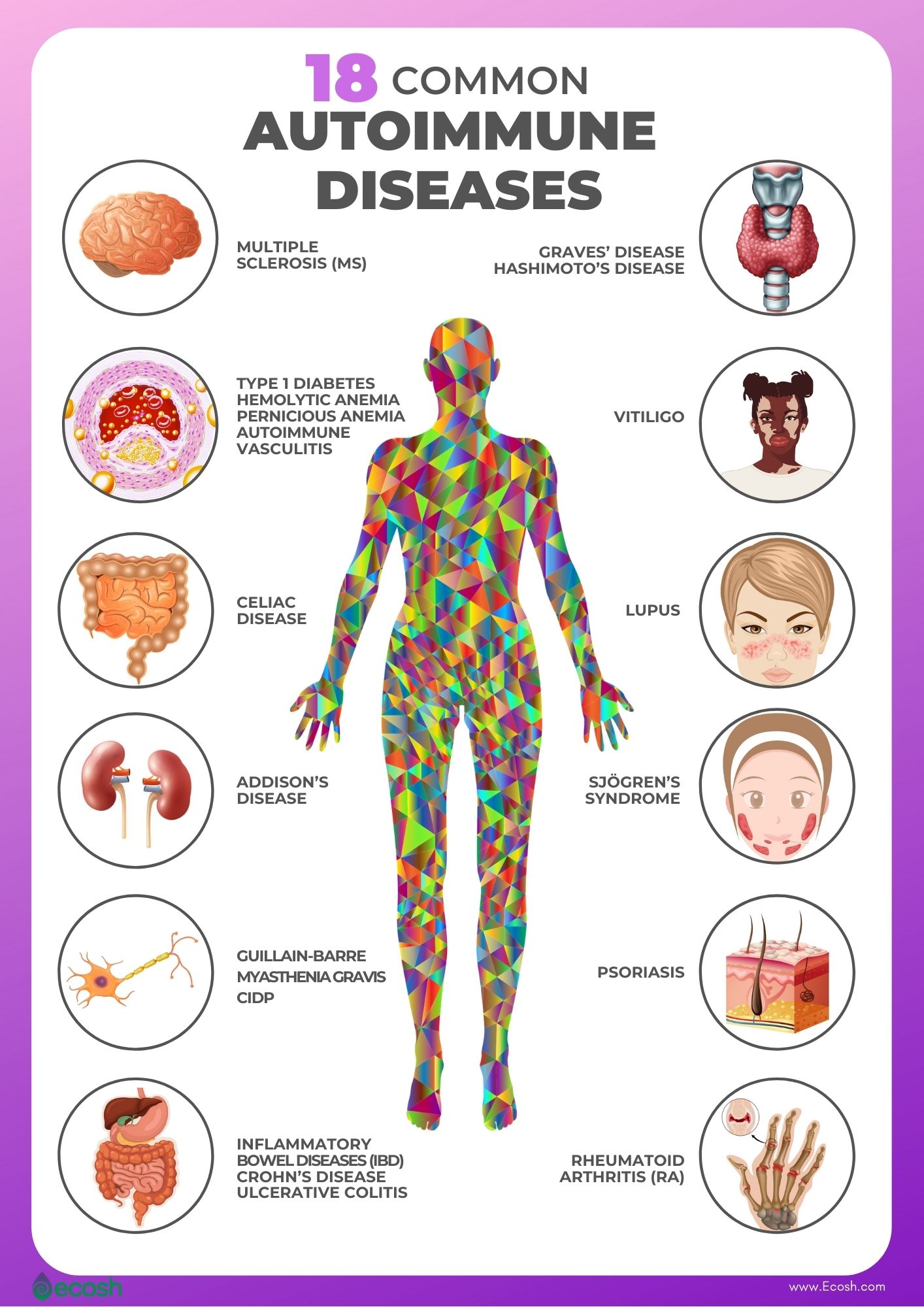
If you're worried you may be experiencing symptoms of an autoimmune condition, or if you have a strong family history of autoimmune disease, see your healthcare provider.
How to diagnose autoimmune disease. Do your own family medical history. According to a survey by the autoimmune diseases association, it takes up to 4.6 years and nearly 5 doctor visits to receive a proper autoimmune disease diagnosis.2, laboratory testing,. Autoimmune gastritis is not generally suspected until characteristic signs and symptoms are shown in the body.
Given the family connection, knowing the health histories of other family members is critical. This test looks to identify whether or not your immune system is. The antinuclear antibody test (ana) is one of the first tests that physicians use when they suspect a patient may be showing symptoms of an autoimmune disorder.
Typically, multiple laboratory tests are needed. The dog's symptoms may often point to different other conditions, and this is why the diagnosis of autoimmune disease is difficult. It involves performing specific exercises with a trained physical therapist.
In most cases, your doctor will prescribe medications such as. Take an inventory of your family’s health problems, expanding your research beyond your immediate family to cousins,. Doctors who diagnose autoimmune disease, medical specialists typically familiar with autoimmune disease (ad), and the specific ads they often diagnose and treat:
It’s very important to engage a confidante, a family member, a friend, a neighbor, who will walk this road with you.”. Know your family’s medical history. “getting diagnosed with autoimmune disease” — unc department of.
Based on increased or decreased numbers of red blood cells (rbcs), white blood cells (wbcs), and other components of blood, the underlying medical. Tips for getting a diagnosis of an autoimmune disease. No single test can diagnose most autoimmune diseases.
:max_bytes(150000):strip_icc()/3232847_color1-5c0191cec9e77c00013b3053.png)

:max_bytes(150000):strip_icc()/3232654_color1_edited-5c362536c9e77c0001885f8b.png)


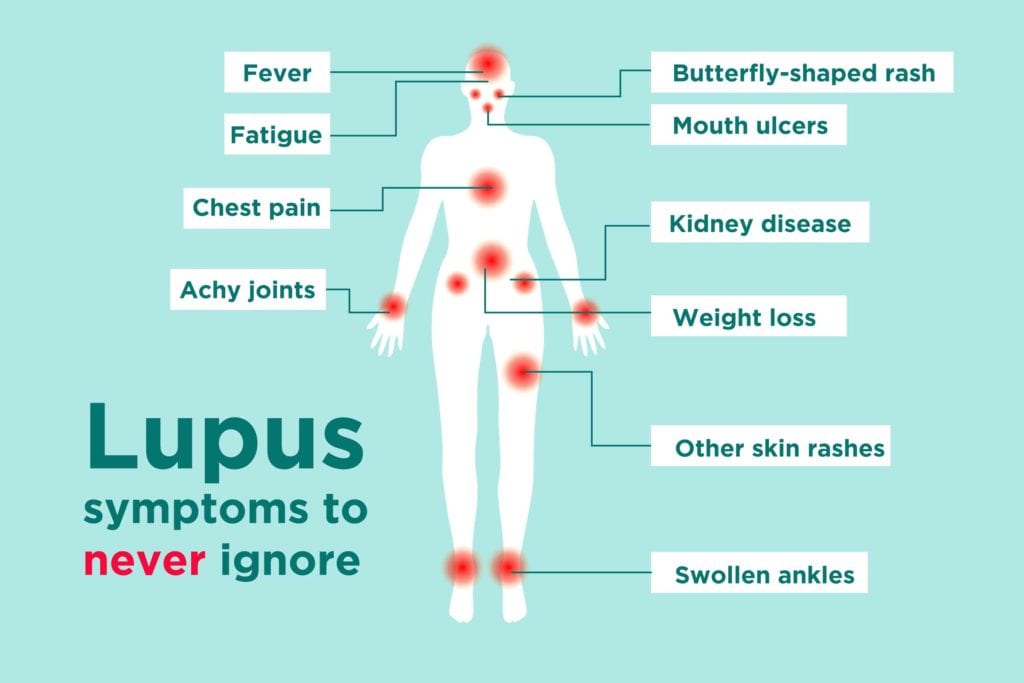

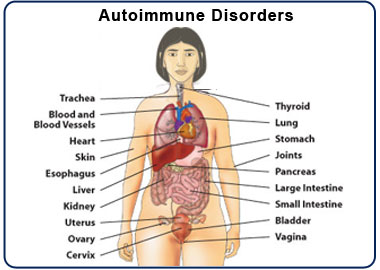
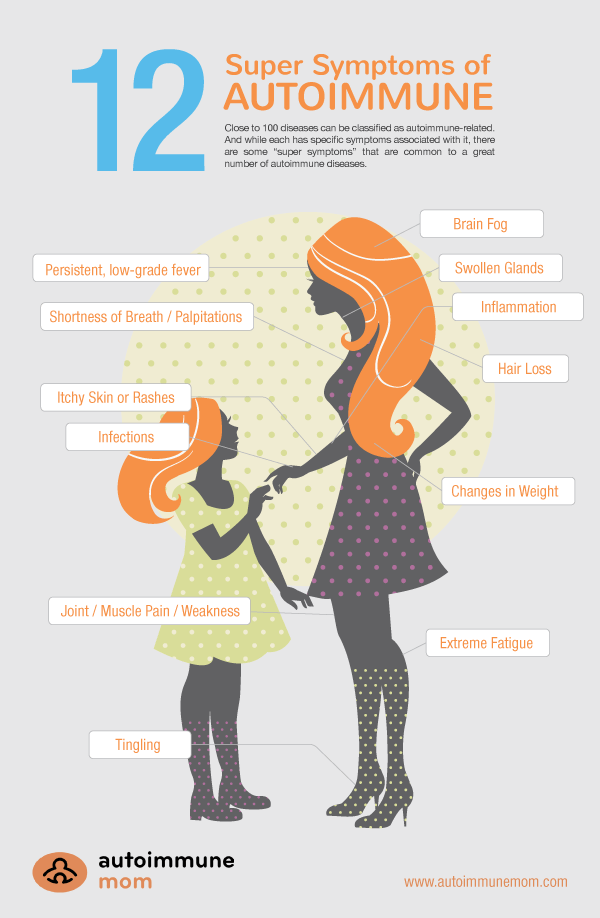



:max_bytes(150000):strip_icc()/Autoimmune-blood-test-5112938_final-c87c1fd39c534d609d3ecfe467c5752d.jpg)
